One, The bottleneck of blockchain: Why has software reached its limits?
Over the past decade, public chain scaling solutions have mostly focused on 'software level' improvements: sharding, Rollup, parallel executors... but the reality is that software optimization has always been limited by the slowdown of Moore's Law and insufficient hardware utilization. The emergence of Solayer is essentially a hardware paradigm shift: it believes that the competitive edge of the next generation of blockchain will no longer be algorithms but chips, networks, and architecture.
This is similar to how AI has transitioned from 'deep learning algorithms' to computing power + specialized chips—blockchain will also experience a 'hardware inflection point.' Solayer is attempting to become 'the NVIDIA of blockchain.'
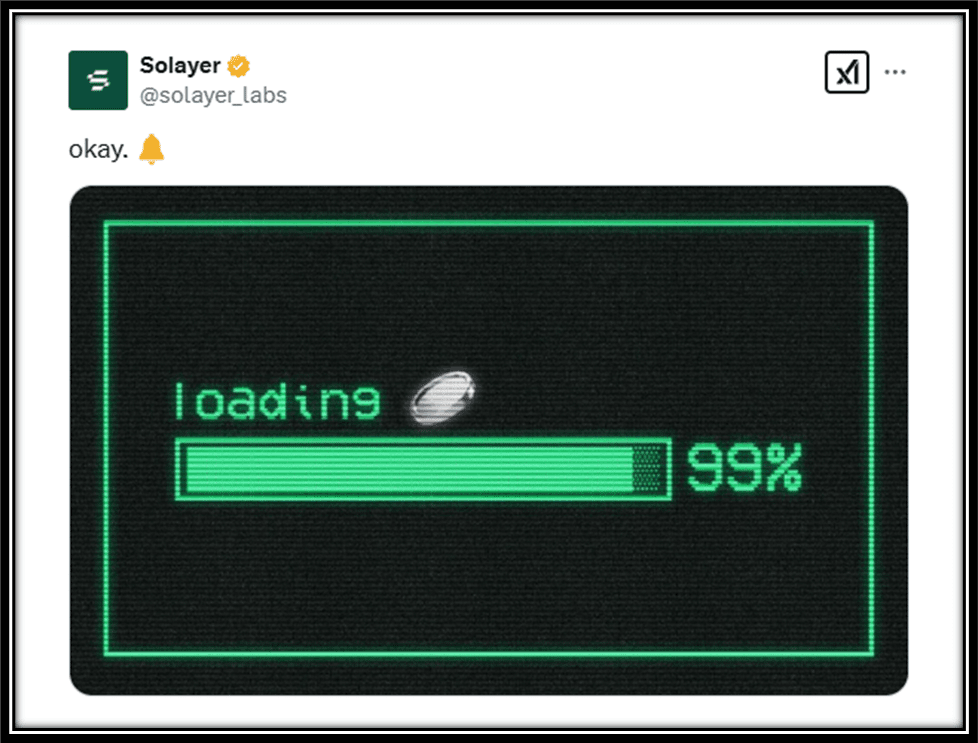
Two, From LST to re-staking: Solana's 'EigenLayer moment'
In the Ethereum ecosystem, EigenLayer derives a new security market through re-staking; Solayer's positioning on Solana is precisely an analogy to EigenLayer.
The difference lies in:
Ethereum re-staking = centered around consensus security, with external AVS (oracles, bridges) as the focus.
Solayer re-staking = centered around performance and block space, with endogenous AVS (endoAVS) becoming a unique selling point.
In other words, Ethereum's re-staking is like 'security as a service,' while Solayer is more like 'bandwidth as a service.' This is a completely different paradigm: Solayer not only sells 'security,' but also packages 'performance' itself into distributable economic incentives.
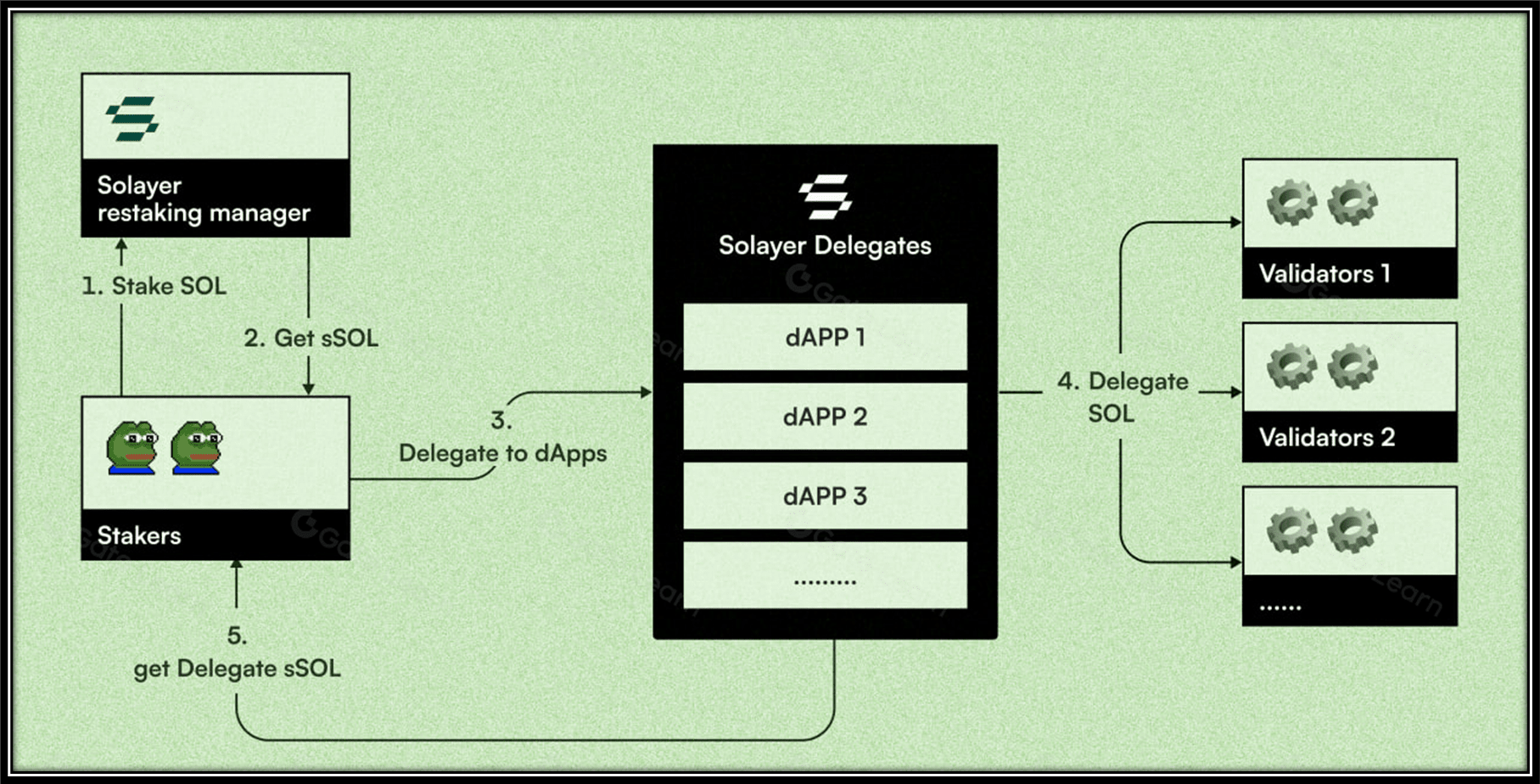
Three, The sUSD experiment: The 'three evolutions' of stablecoins
First generation stablecoins (USDT/USDC): centralized custody, essentially an IOU.
Second generation stablecoins (DAI/FRAX): decentralized collateral, but either reliant on ETH or constrained by volatility.
Third generation stablecoins (sUSD): returns linked to U.S. Treasury bonds.
The significance of sUSD lies in its connection between on-chain assets and the world's largest, safest yield asset—the U.S. Treasury bonds, forming a trend of 'on-chain treasury bondization.'
The signal released behind this is:Stablecoins are no longer just 'payment mediums,' but 'savings accounts.'. If MakerDAO is a 'decentralized central bank,' then Solayer's sUSD is more like a 'decentralized treasury fund.'
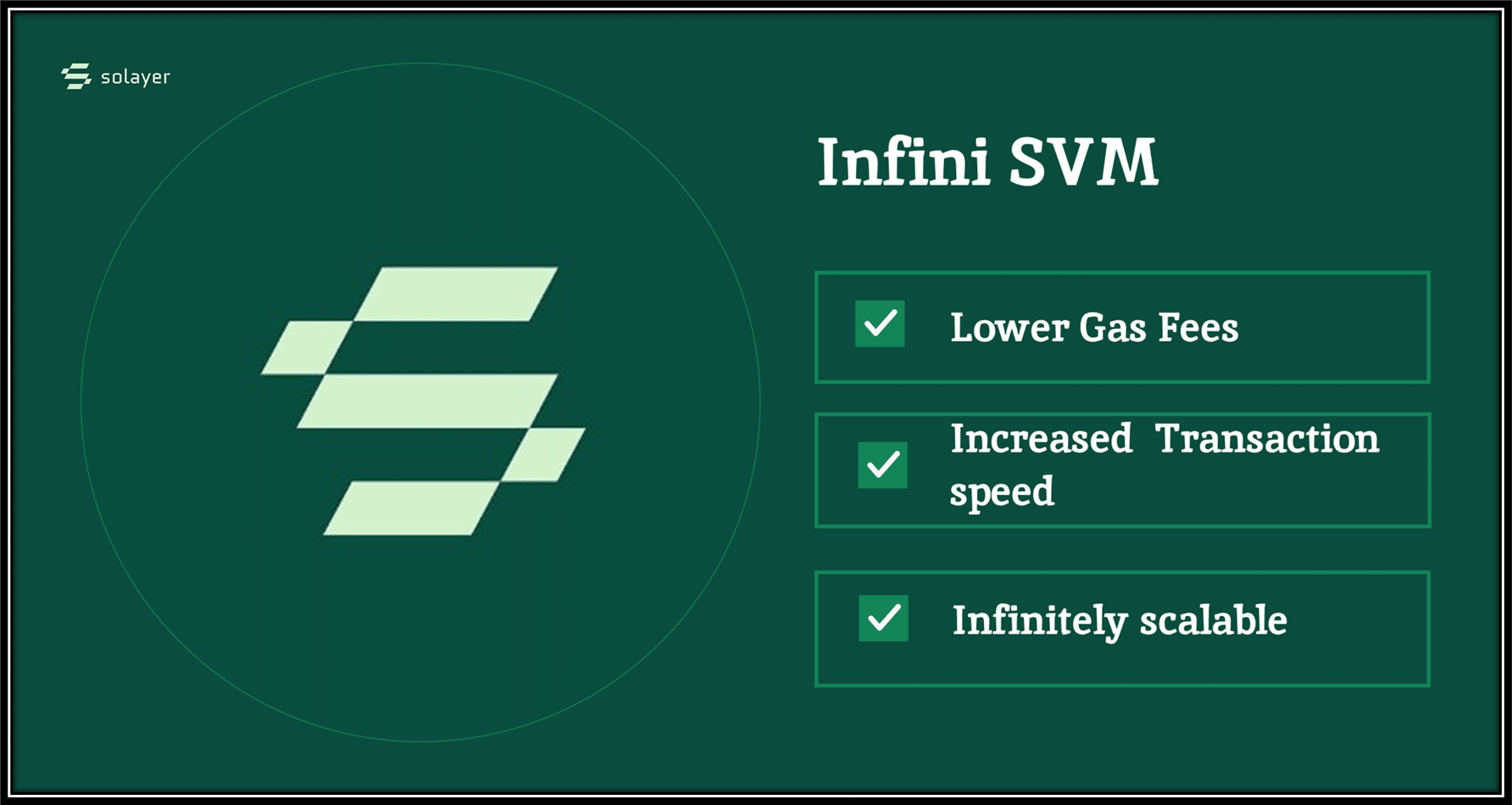
Four, Emerald Card: The 'Trojan Horse' of crypto payments
Past crypto payment cards mostly failed because they were either centralized (Crypto.com card) or had a fragmented experience (selling coins before consumption).
What makes the Emerald Card special is:
On-chain native: All transactions are settled directly through InfiniSVM, meaning true transparency and unstoppable nature.
Embedded yield: Users are not consuming 'dead assets,' but rather sUSD with 4-5% annualized returns. In other words, Solayer merges 'payment' and 'wealth management.'
This resembles an 'invisible Trojan Horse': it does not make users accept cryptocurrency, but packages it as a 'better savings card,' allowing users to migrate naturally.

Five, The metaphor of Solayer: An integrated financial 'operating system'
If we compare blockchain to the 'Internet,' then Solana is the 'operating system kernel,' while Solayer aims to be the 'financial operating system':
Kernel layer: InfiniSVM = hardware acceleration engine, equivalent to Linux's kernel scheduling.
Asset layer: sSOL, sUSD, equivalent to the operating system's file system, serving as the foundation for all applications.
Application layer: DeFi + payments (Emerald Card), similar to an app store.
Interface layer: Solana VM compatible, ensuring existing developers can migrate painlessly.
This integrated vertical architecture resemblesthe Apple ecosystem: making its own chips, systems, applications, and hardware, ultimately leading to a closed loop of performance and experience.
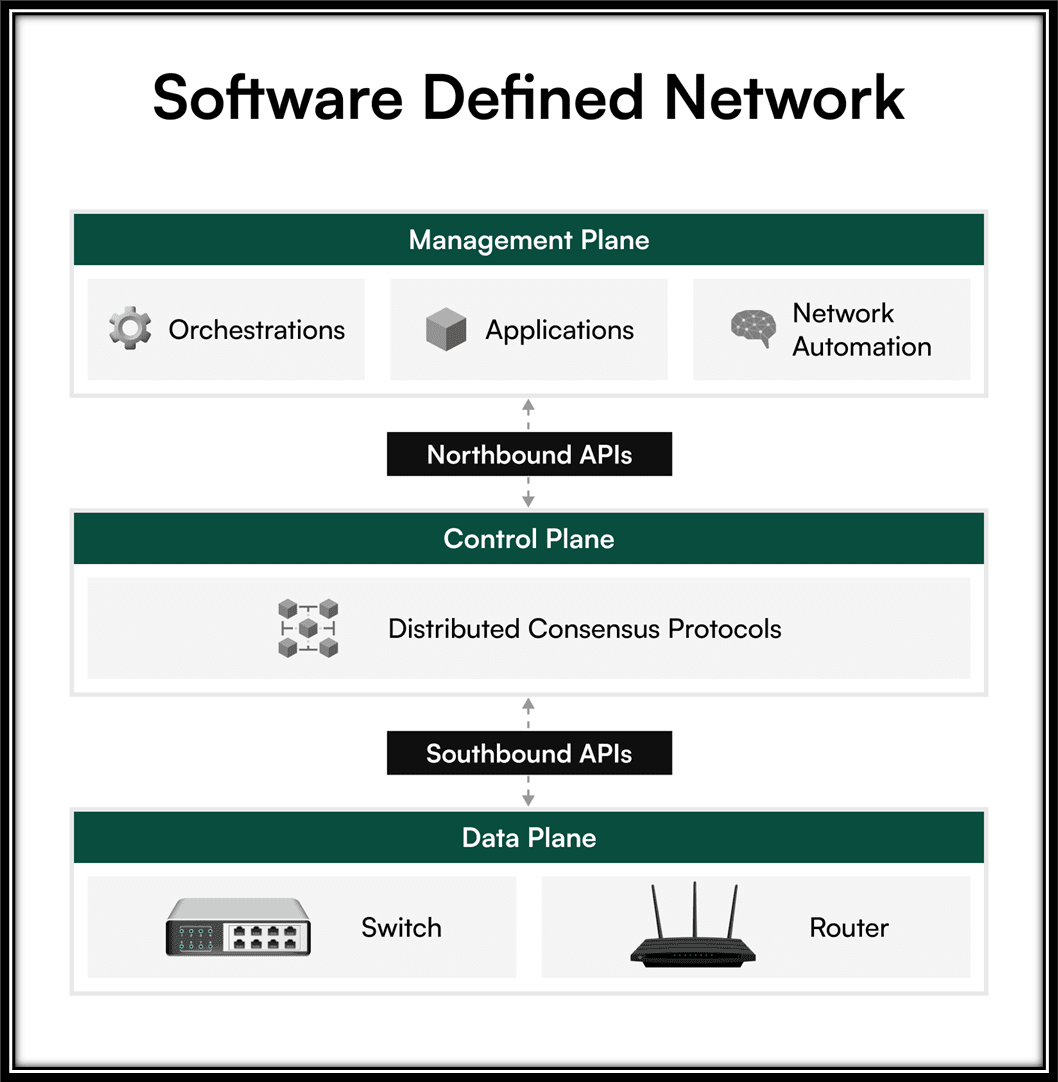
Six, Risks and Challenges: The boundaries of financialization
Solayer's greatest opportunity, and also its greatest risk, lies in its choice of 'finance' as the entry point:
Compliance risk: sUSD is linked to U.S. Treasury yields, and the Emerald Card connects to the Visa network, making Solayer inevitably confront global financial regulation.
Technical realization: Is one million TPS limited to a laboratory environment? Can it be sustained on the mainnet?
Network effect: Re-staking and LST require a strong liquidity network; if a sufficiently large user base cannot be established, the closed loop may become an 'island.'
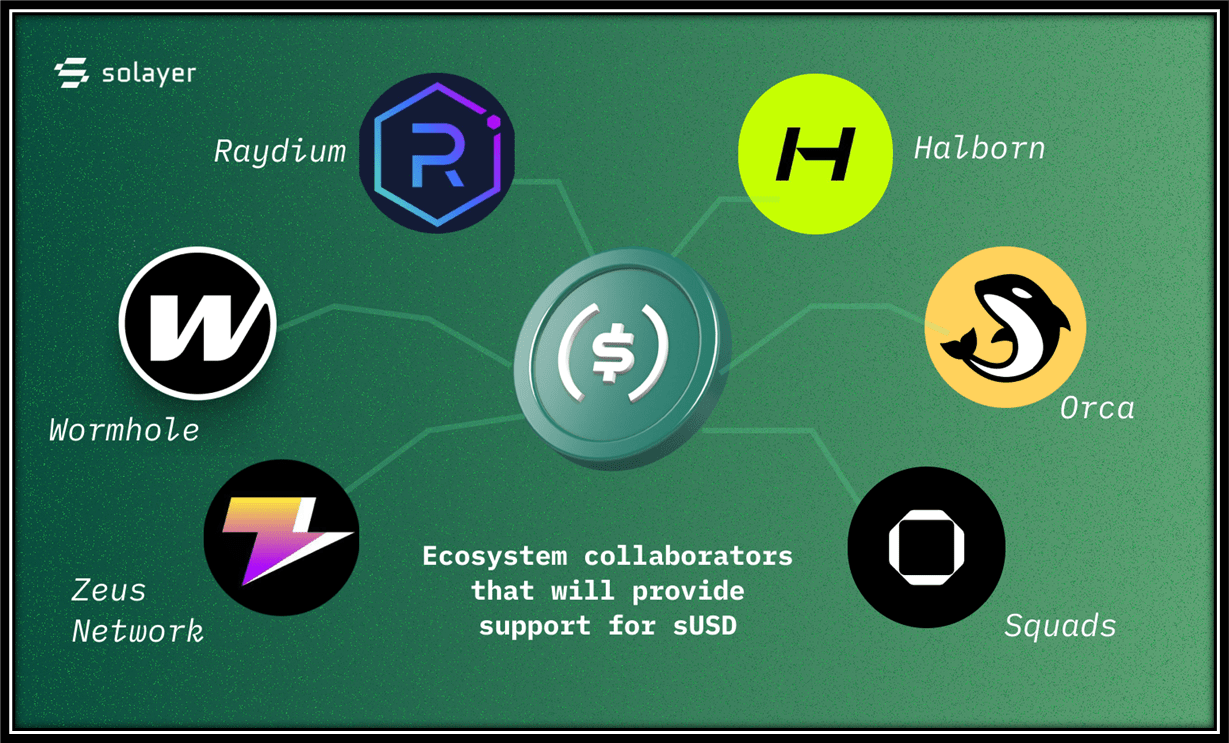
Seven, Conclusion: Is Solayer 'the NVIDIA of Solana' or an 'illusion'?
If we view the evolution of blockchain as three waves:
Bitcoin: Digital gold (store of value)
Ethereum: Smart contracts (programmability)
Emerging projects like Solayer: Hardware acceleration + financial closed loop (performance and implementation)
Thus, Solayer represents the prototype of the third wave. It may become the 'financial operating system' within the Solana ecosystem or remain at the conceptual stage due to regulatory and ecological scale limitations.
In summary: Solayer combines NVIDIA's 'computing logic' with Visa's 'payment logic' into Solana's financial experiment.
If successful, it could become a key bridge connecting on-chain and off-chain finance; if it fails, it at least provides the blockchain industry with a prototype for thinking about 'hardware + financial closed loop.'





